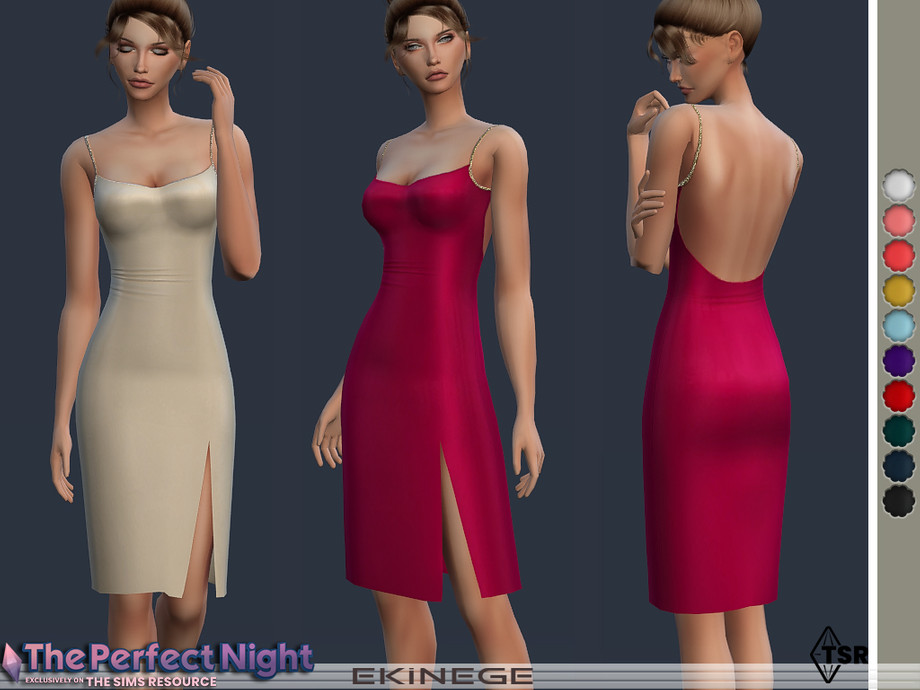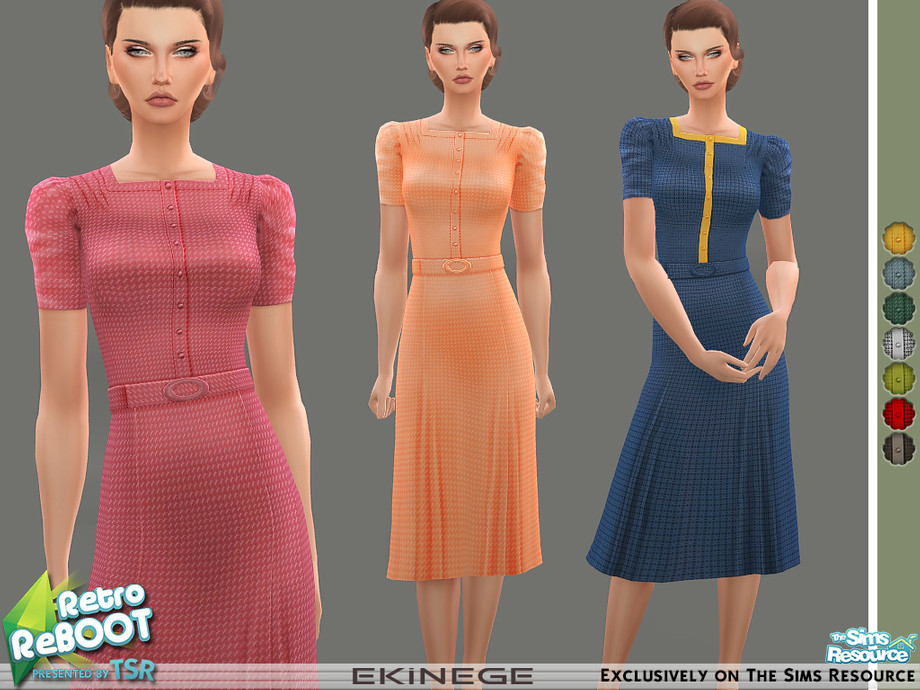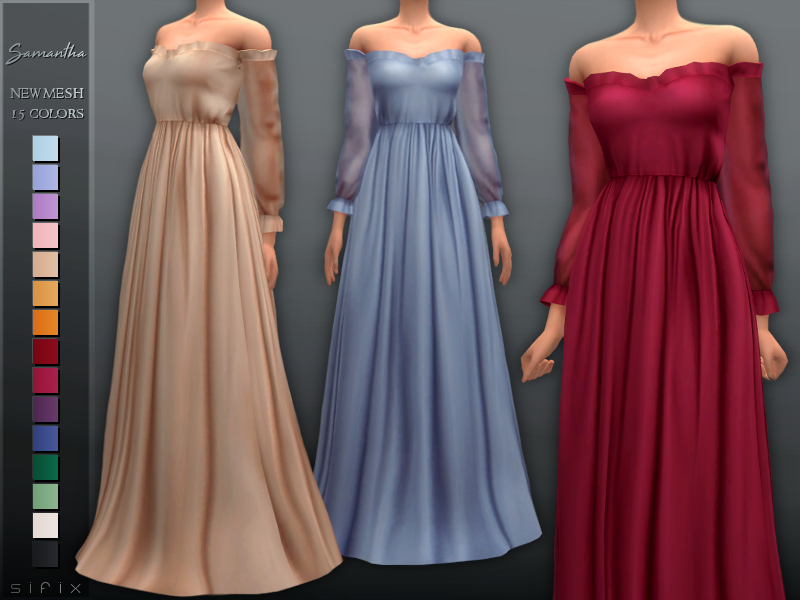
In November 2010, 21.3 million accounts were registered, although the company has not made public any statistics regarding actual long-term consistent usage. In June 2010, Linden Lab announced layoffs of 30% of its workforce. In 2008, Second Life was honored at the Technology & Engineering Emmy Awards for advancing the development of online sites with user-generated content. It was announced in October 2010 that Bob Komin, Linden Lab's chief financial officer and chief operating officer, would take over the CEO job for the immediate future. After four months, Rosedale abruptly stepped down from the Interim CEO position. In 2010, Kingdon was replaced by Rosedale, who took over as interim CEO. Rosedale announced Mark Kingdon as the new CEO effective May 15, 2008. On March 14, 2008, Rosedale announced plans to step down from his position as Linden Lab CEO and to become chairman of Linden Lab's board of directors. The maximum concurrency (number of avatars inworld) recorded is 88,200 in the first quarter of 2009. In January 2008, residents spent a total of 28,274,505 hours "inworld" and on average 38,000 residents were logged in at any moment. On December 11, 2007, Cory Ondrejka, who helped program Second Life, was forced to resign as chief technology officer. At the same time, the service saw a period of exponential growth of its user base. By that time, Anshe Chung had become Second Life 's poster child and symbol for the economic opportunities that the virtual world offers to its residents. In 20, Second Life began to receive significant media attention, including a cover story in BusinessWeek magazine featuring the virtual world and Second Life avatar Anshe Chung. Although he was familiar with the metaverse of Neal Stephenson's novel Snow Crash, Rosedale has said that his vision of virtual worlds predates that book, and that he conducted early virtual world experiments during his college years at the University of California, San Diego, where he studied physics. That effort eventually transformed into the better known, user-centered Second Life.
#The sims 4 resource dresses software#
That vision changed into the software application Linden World, in which people participated in task-based games and socializing in a three-dimensional online environment. In its earliest form, the company struggled to produce a commercial version of the hardware, known as "The Rig", which in prototype form was seen as a clunky steel contraption with computer monitors worn on shoulders. In 1999, Philip Rosedale formed Linden Lab with the intention of developing computer hardware to allow people to become immersed in a virtual world. 9.7 Fraud and intellectual property protection.8.6 The Emerald client and in-world logging scripts.



Developed and owned by the San Francisco-based firm Linden Lab and launched on June 23, 2003, it saw rapid growth for some years and in 2013 it had approximately one million regular users. Second Life is an online multimedia platform that allows people to create an avatar for themselves and have a second life in an online virtual world.


 0 kommentar(er)
0 kommentar(er)
